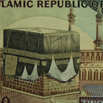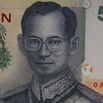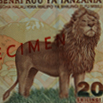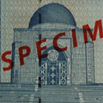|
|
The paper currency had many advantages, such as reducing the transport of gold and silver, thus lowering the risks involved. It had many disadvantages as well such as inflationary bubble if excess of money was printed.
This led to the practice of many nations establishing mints to print money and mint coins, and hold gold and silver stocks to back up the printed paper money. The creation of Central Banks across nations also marked significant changes in the currency issuing policy, in 18th & 19th Century, the monopoly to issue currency rested with a central monetary authority, whose notes came to be accepted for �all debts � public and private�. This led to the creation of truly national currency that was backed by the governments� treasury, containing gold and silver.
By 1900, paper notes became widely accepted as a medium of exchange, with private banks and governments of the world following the Gresham�s Law, keeping gold and silver paid, but paying out in notes. By the 20th Century, currency notes became universally accepted, as countries started confiscating all the privately held gold to back up their currency notes. |
|
|




